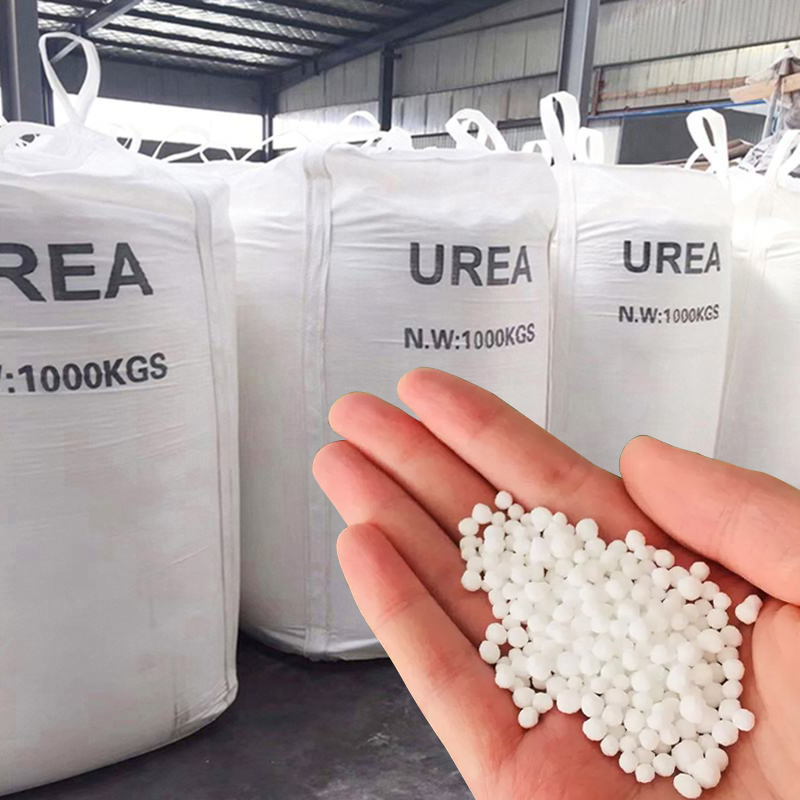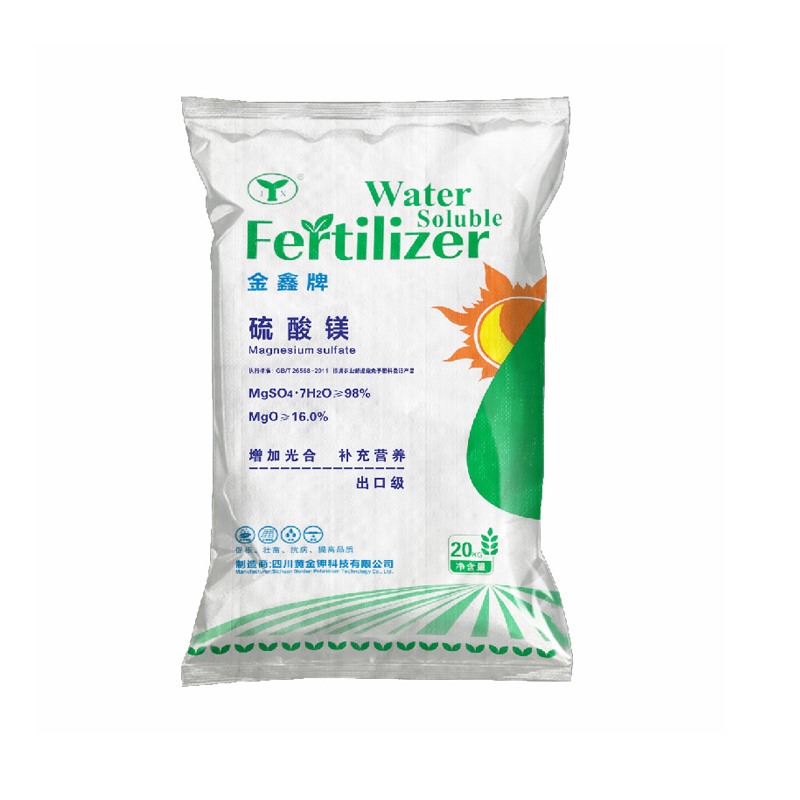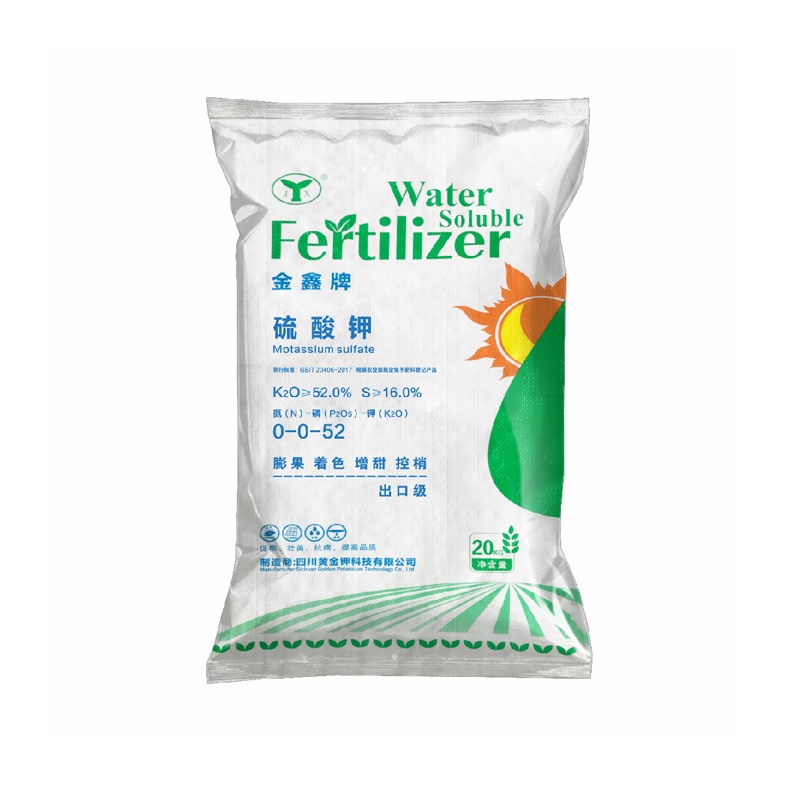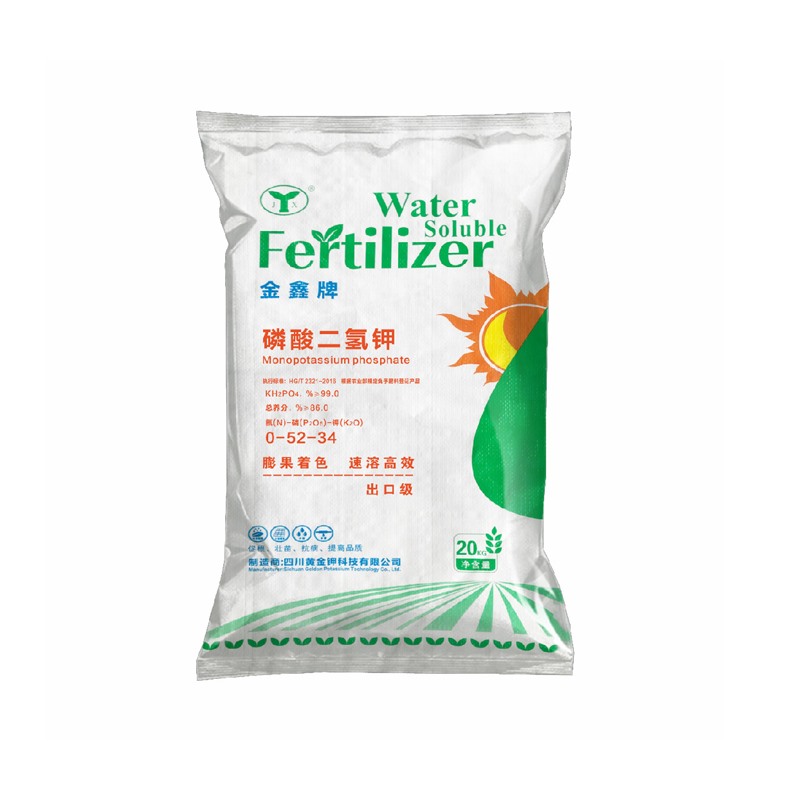How to apply nitrogen fertilizer best
There are three forms of nitrogen fertilizer: nitrate nitrogen, such as ammonium nitrate, potassium nitrate, etc.; Ammonium nitrogen: such as ammonium carbonate, ammonium sulfate, etc.; amide nitrogen: such as urea.The reaction of different forms of nitrogen fertilizers in the soil is different, so attention should be paid to the differences in the morphology of nitrogen fertilizers in the application.
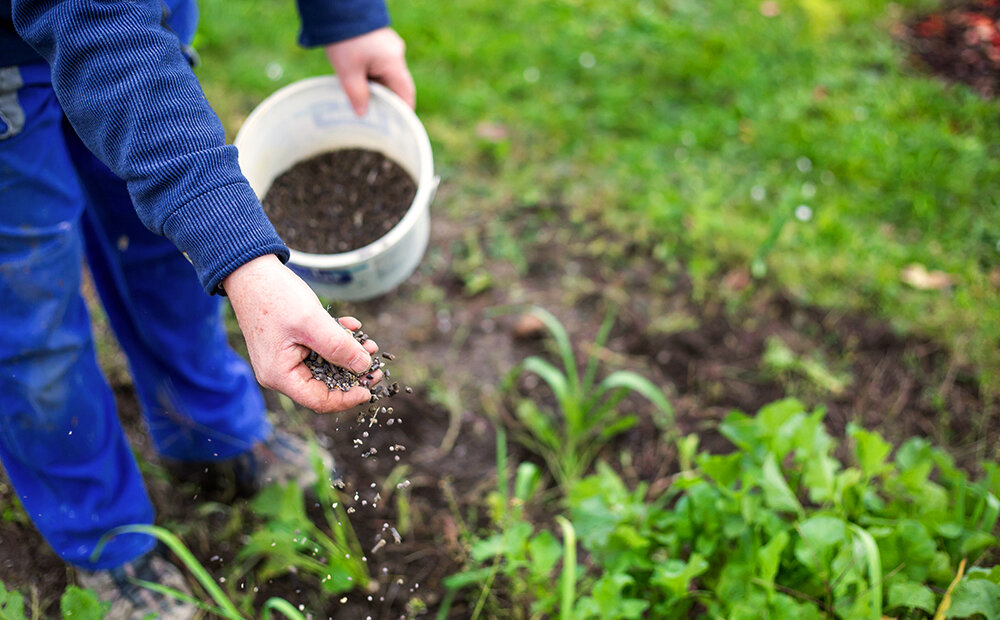
1. How to apply nitrate nitrogen fertilizer best
The nitrogen in nitrate nitrogen fertilizer exists in the form of nitric acid nitrogen, which cannot be maintained by soil colloids in the soil, and has greater fluidity.It is easy to lose with the movement of moisture.
Nitrate nitrogen fertilizer has a lot of mobility in water and has a fast fertilizer effect. It is best to use it as top dressing for dry land, rather than basal fertilizer or seed fertilizer.
2. How to apply ammonium nitrogen fertilizer best
The nitrogen in ammonium nitrogen fertilizer exists in the form of ammonium nutrients, which can be absorbed and held by soil colloids, so it is not easy to produce leaching, and the fertilizer effect is maintained for a longer time than nitrate nitrogen.However, when ammonium nitrogen fertilizer encounters alkaline substances, the volatilization loss of nitrogen will occur.
All ammonium nitrogen fertilizers, especially ammonium carbons, must be deeply covered to prevent volatilization.Because they are all quick-acting fertilizers, they are not easy to lose in the soil, so they can be used as base fertilizer and top fertilizer; suitable for application in paddy fields and dry land.
3. How to apply amide nitrogen fertilizer best
Amide nitrogen fertilizer is mainly urea, and the nitrogen in the fertilizer exists in the form of amide group (-CONH2).
Amide nitrogen fertilizer is best used as top dressing for crops, and the effect is better than that of basal fertilizer. The amide nitrogen it contains generally needs to be converted into ammonium nitrogen by soil microorganisms before it can be absorbed by crops.
